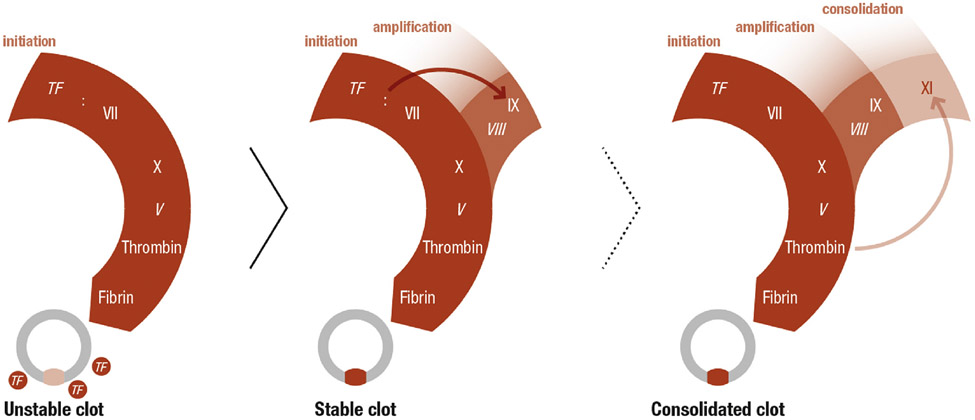FIGURE 1. Schematic Representation of Processes Required for Hemostasis.
Hemostasis is initiated when FVII or FVIIa in blood binds to extravascular TF exposed at the site of injury (left). The FVIIa/TF complex converts FX to FXa leading to formation of sufficient thrombin to convert fibrinogen to fibrin and to form an unstable hemostatic plug. The FVIIa/TF complex also activates FIX (center), which amplifies and sustains FXa and thrombin generation. This additional thrombin strengthens the clot and maintains its stability over time. In some patients and in certain situations, conversion of FXI to FXIa is required to consolidate the hemostatic plug (right). FXI is thought to be activated by thrombin generated early in hemostasis, and contributes to sustained thrombin generation by activating FIX in addition to the FIX activated by the FVIIa/TF complex. Italics indicate cofactors. TF = tissue factor.

